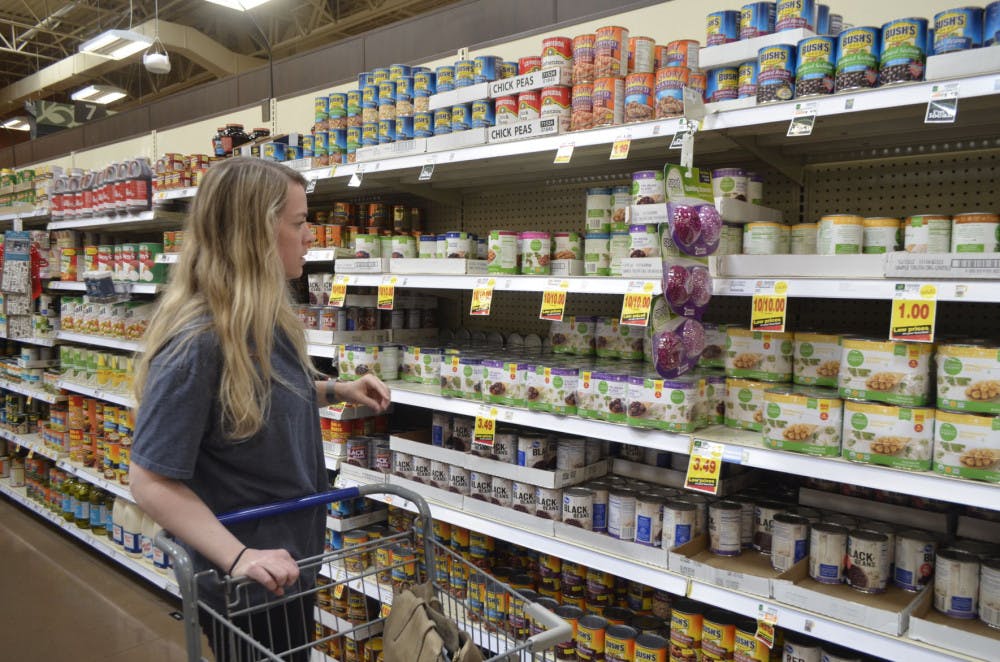President Donald Trump’s administration suggested a “Harvest Box” service, which would replace food stamps, to give households earning $90 or more in benefits per month a box with packaged food. The box, which they said is similar to Blue Apron, would provide canned meats, vegetable and fruits along with milk, juice and grains.
The Supplemental Nutrition Assistance Program (SNAP) helped about 40 million Americans receive food and groceries in 2017, and most of them are in it to help their families, according to the Center on Budget and Policy Priorities. Most beneficiaries of SNAP are full-time workers, children or disabled people and cannot receive benefits unless they are working 20 hours per week, according to CBPP. The program is also one of the most effective forms of economic stimulus because SNAP recipients immediately use their money toward bills and needs, according to CBPP.
Albert Okunade, a professor of economics at the University of Memphis, said the Trump Administration is attempting to reduce budget deficits and support U.S. farmers by giving those on SNAP nutritional meals, and the USDA and many Republicans are for the proposal.
“It is a strategy the U.S. government hopes to leverage to raise tax funds for the U.S. military,” Okunade said. “Currently, 16.4 million American households are on SNAP, and it costs $90 million per month.”
Okunade said some people completely disagree with the box because it does not allow the recipients to buy foods they deem fit for themselves.
“Some Republicans and practically all the Democrats are against this policy, arguing that it takes away individual SNAP recipients’ choice from among the set of nutritional foods available,” Okunade said. “It is demeaning and insulting to recipients.”
Okunade said the stigma around food stamps has been toned down with the use of EBT cards.
“Being more user-friendly and efficient, [EBT cards] have reduced the traditional stigma attached to the food stamps program that SNAP replaced,” Okunade said.
Elena Delavega, a professor in social work at the U of M, said the Harvest Box is just another way to dehumanize people below the poverty line.
“This is an attempt to stigmatize people and make people feel less worthy than they are,” Delavega said. “This will make people’s lives harder and will actually provide worse nutrition to them.”
Delavega said the Harvest Box might have an attractive name, but it is full of canned and processed foods that are not good for anyone’s health.
“We have moved towards understanding what a healthy diet is and have come to understand the importance of fresh fruits and vegetables,” Delavega said. “Now we are telling an entire community that we’re willing to neglect their health.”
Delavega said the reality is people do not want to seem useless and do not want to be given things, so signing up for SNAP is considerably hard on one’s pride. People in SNAP are often shamed for reaching out for financial help, but in reality most of them are working hard to get a paycheck and to feed their families.
“On food stamps, people preserve their dignity by using EBT cards, but giving a box destroys the dignity of the person in addition to their health,” Delavega said.
Michelle Forbert looks at canned vegetables at Kroger. The new "Harvest Box" proposal would send foods, like canned vegetables, to current SNAP recipients homes.




